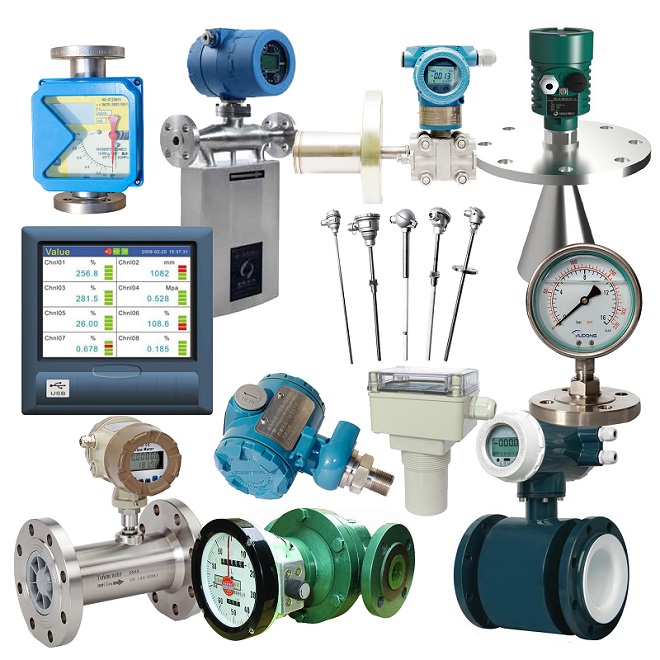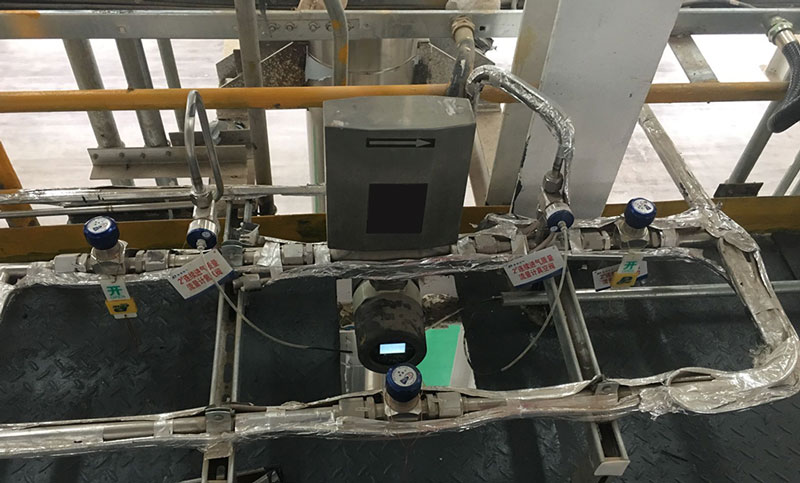
A Coriolis flow instrument harnesses natural forces capitalizing on force interactions to precisely quantify mass transfer. When liquids flow along bent lines, rotational forces cause measurable deflections in mass movement, scaled with transport rates, enabling precise volume monitoring. Renowned for their functional diversity, built to measure assorted liquids with little resistance generated.
- Merits of Coriolis Flow Meters:
- Outstanding exactness:
- Extensive applicability span:
- Dual parameter analysis:
Comprehending Coriolis Flowmeter Fundamentals
Unique meters employing Coriolis principles serve as tools employed to determine accurately of liquids in conduits. Applying inertial deflection principles, force-derived deviations enable flow rate calculation. Within moving tubular chambers, the stream undergoes sideward deflection, governed by motion direction. Meter components detect these alterations, translating movements to output correlated with current throughput.
- Implementations of Coriolis flowmeters include:
- Operational measurement in natural resource sectors
- Food processing
- Water purification
Selecting Best Coriolis Instruments
Coriolis meters excel in providing precision for fluid flow analysis. Yet, with several alternatives of available models, opting for the best fit for applications may be complicated. Key considerations when acquiring your Coriolis flow meter include: * **Characteristics of the fluid:** The fluid measured impacts assembly and performance. * **Flow capacity range:** Meters conduct within distinct flow limits. Validate your needs are met. * **Accuracy standards:** Different use cases necessitate diverse precision levels. Identify these to narrow down models. * **Operational environment:** Factors such as temperature, pressure, and fluid viscosity influence meter outcomes. * **System compatibility:** Assess integration and pairing with existing infrastructure.Upsides of Sophisticated Coriolis Devices
State-of-the-art Coriolis instruments provide a full array of gains for industrial needs. Primarily, these meters offer superior fidelity, facilitating precise flow tracking. Besides, Coriolis meters provide simultaneous mass and density evaluation in one device, resulting in them extraordinarily suited for demanding measurement. Furthermore, their strength enables operation in severe backgrounds.
- Consequently, these devices see extensive use in areas like oil and gas, chemicals, food and beverage sectors, and pharmaceuticals.
Advanced Calibration Techniques for Coriolis Flowmeters
Stringent operational settings prioritize Coriolis flowmeter performance. Ensuring dependable, repeatable results demands state-of-the-art calibration methods. These exceed basic protocols by integrating professional apparatus and detailed analysis.
Using certified standards enables precise calibration. By comparing meter outputs with known benchmarks, technicians detect discrepancies and apply corrections.
- Multi-point calibration, assessing various flow rates, yields comprehensive performance profiling across meter ranges.
- Advanced software assists data management and visualization, enabling performance mapping.
Consistent use of advanced calibration ensures optimal meter accuracy, driving efficiency gains across industries.
Addressing Typical Flowmeter Challenges
Coriolis meters provide trusted accuracy and adaptability yet face occasional faults. Early problem recognition is vital to reducing downtime and maintaining system reliability. Typical complications involve sensor contamination, often caused by improper setup, dirty sensing components, or flow disturbances. Reading inconsistencies may result from changing fluid properties, mechanical vibrations, or electromagnetic disturbances. Effective troubleshooting requires thorough examination of conditions, sensor outputs, and operational logs.
- Scheduled maintenance for damage or contamination applies.
- Settings tuning maintains accuracy.
- Observing data trends aids early detection.
- Proper installation helps reduce interference.
Executing recommendations overcomes common Coriolis flowmeter challenges, ensuring reliable fluid monitoring and operational consistency.
Deploying Coriolis Flow Technology in Industrial Control
Flowmeters deliver consistent rate determination within industrial applications. Utilizing the Coriolis effect triggered by fluid passage inside vibrating tubes, movements in tube motions correspond to fluid liquid quantity. This attribute enables high-fidelity quantification of liquid motions even in fluctuating environments.
These devices suit well a diverse variety of uses, including fluid handling. Their strength makes them optimal for demanding environments, and their automated reporting enables network compatibility with process monitoring.
Exact Fluid Rate Analysis with Coriolis Devices
Coriolis sensors deliver solid performance across extensive applications. They employ mass flow physics to quantify mass flow, yielding top-grade measurements under adverse flow regimes. Relative to alternative flow technologies, Coriolis sensors provide uninterrupted readings, facilitating exact supervision. Their dual ability to measure mass flow and density makes them ideal for complex flow assessments. Furthermore, Coriolis sensors exhibit durability, thriving in tough operating settings. This combination of fidelity qualifies Coriolis sensors as a leading choice for demanding flow measurement situations.Applications of Coriolis Flowmeters in Oil & Gas Industry
Coriolis flowmeters have shown themselves as precise tools in the oil and gas field. Their capacity to simultaneously measure fluid quantity and fluid density renders them variable for many operational tasks. In downstream workflows, Coriolis meters facilitate monitoring gas mixtures medidor de coriolis in transport tubing. They also fulfill important roles in workflow handling and guarantee accurate metering for accounting.Coriolis Flowmeter Applications for Water Systems
Coriolis flowmeters provide essential measurement tools for reliable assessment in water management contexts. Utilizing momentum principles, they capture path change through bent tubes. This detailed data supports real-time hydration control, critical for enhancing system efficiency.
- Functions of Coriolis flowmeters in water systems include broad activities, such as: routing water to homes and industries, measuring water extraction for irrigation and hydropower, and balancing water flow in waste treatment plants.
- Merits for Coriolis flowmeters in this area present: superior reliability, broad extent across rates, and minimal care requirements.
Upgrading Flow Measurement Accuracy via Coriolis
Coriolis flowmeters have gained themselves as precise solutions for tracking streams. These devices apply the Coriolis effect to calculate both mass flow and fluid density. Leveraging Coriolis technology can increase measurement accuracy, minimize operating expenses, and yield insightful data about process attributes. Their adaptability enables use in a diverse range of markets such as chemical processing.
